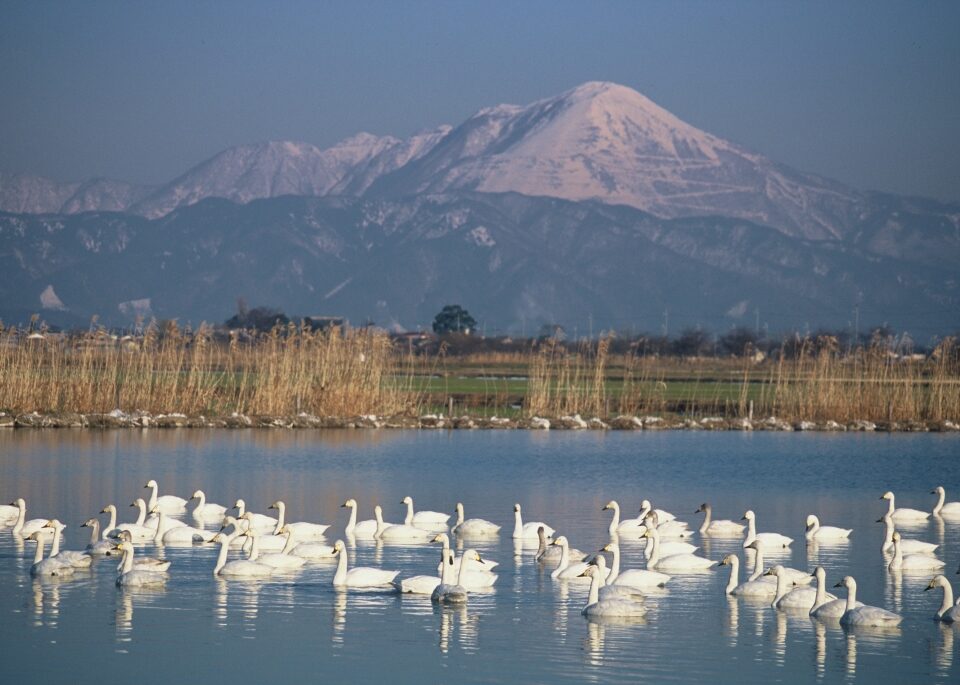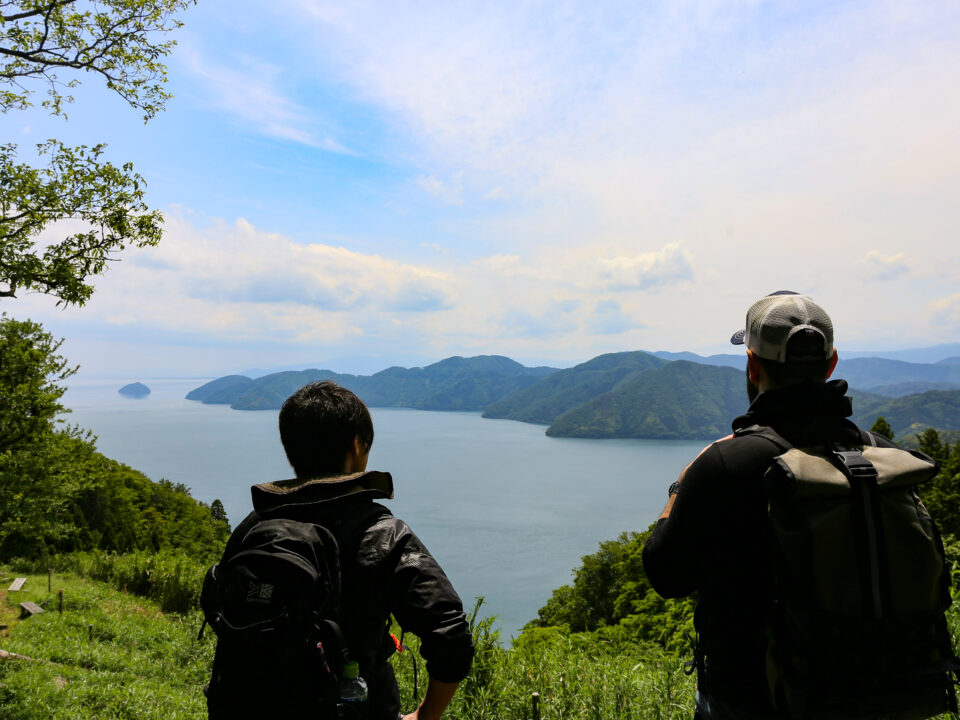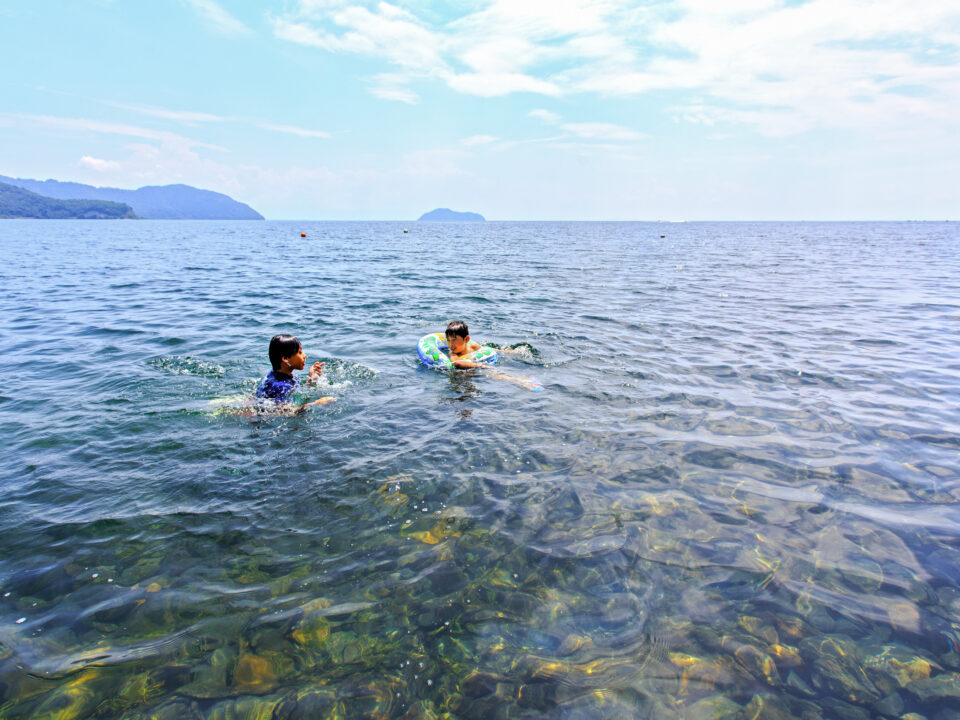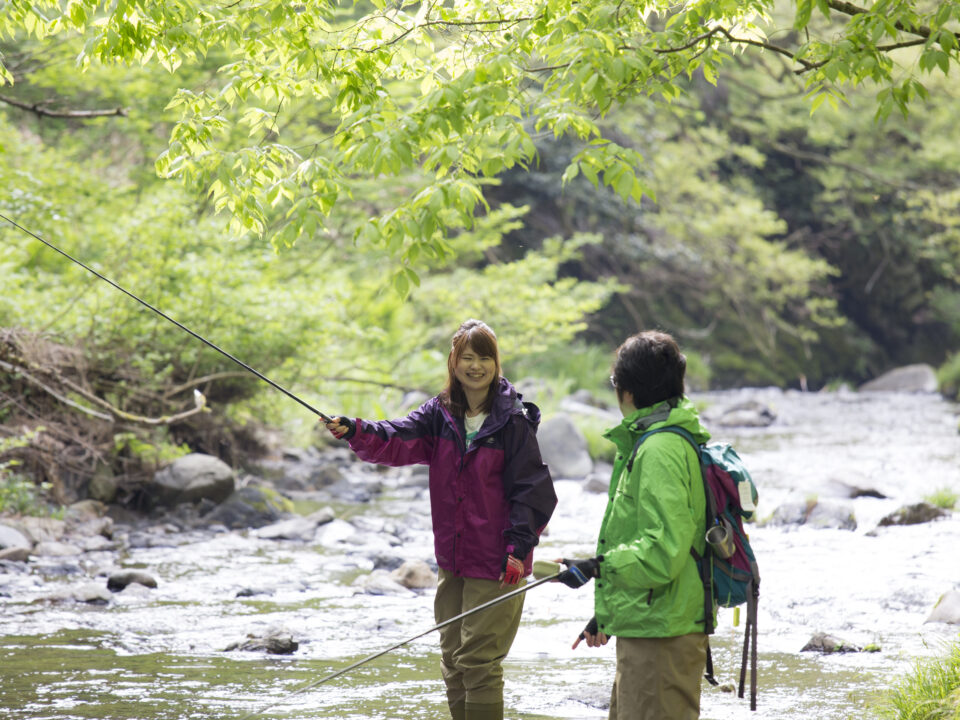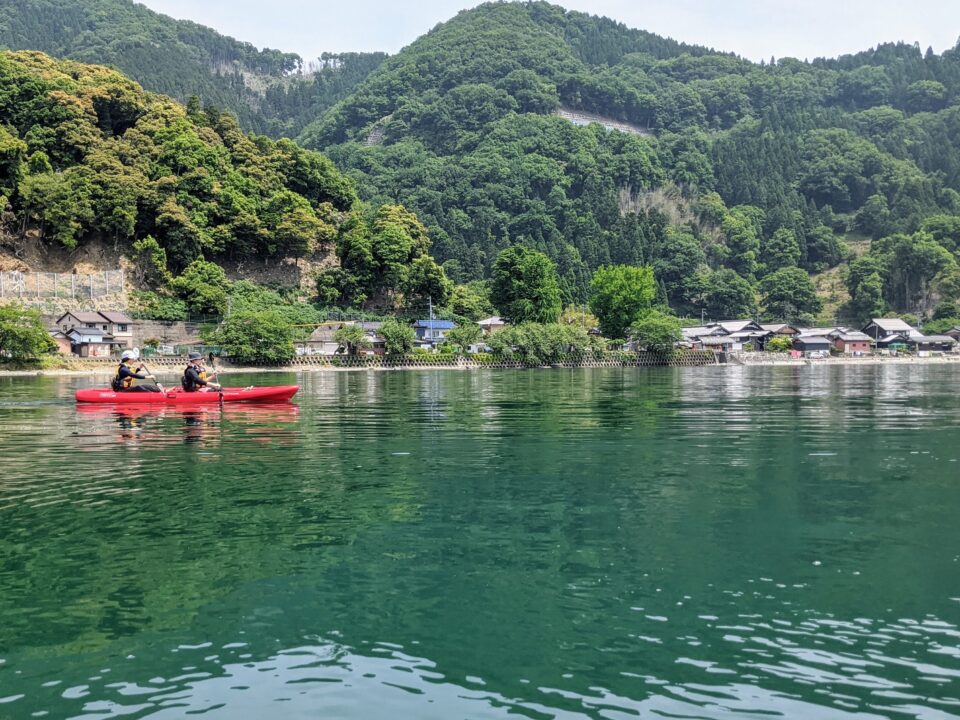Nestled in Shiga Prefecture, at the heart of Japan, Nagahama sits by the northeastern shores of Lake Biwa, an ancient and vibrant ecosystem. As one of the world’s oldest freshwater lakes, Lake Biwa anchors a rich tapestry of life and culture. This region benefits from a blend of natural beauty and biodiversity, stretching from the lake across mountains and forests. The proximity of the city to the lake has deeply shaped its culture, development, and daily life, linking the community closely with the natural world around them.
Water’s Journey: The Vital Cycle from Mountains to Metropolis
The journey of water from the mountains, through ancient forests like Yamakado, into Lake Biwa, and along its rivers, is a testament to the interconnectedness of this ecosystem. This flow supports diverse habitats, sustains the lake’s health, and, by extension, the lives of those who depend on its resources. Remarkably, the waters that begin their journey in the northern reaches of Nagahama embark on a century-long journey to the metropolitan areas of Kyoto, Osaka, and Kobe, serving as the “water bottle” for this densely populated region. This aspect underscores the significance of Lake Biwa not just to local communities but as a crucial water source for millions.
Sustaining Harmony Between Nature and Human Activity Through Traditional Practices
Fishing, farming, and traditional practices here are in tune with the natural cycles, reflecting a profound respect and stewardship for the environment. Here, the harmony between nature and human activity offers insights into sustainable living and the importance of ecological preservation. The story of Lake Biwa and its environs is not just local lore but a universal narrative of resilience, biodiversity, and the symbiotic relationship between people and the planet. As we consider the legacy of this region, it serves as a reminder of our collective responsibility to safeguard our natural heritage for the well-being of future generations.

